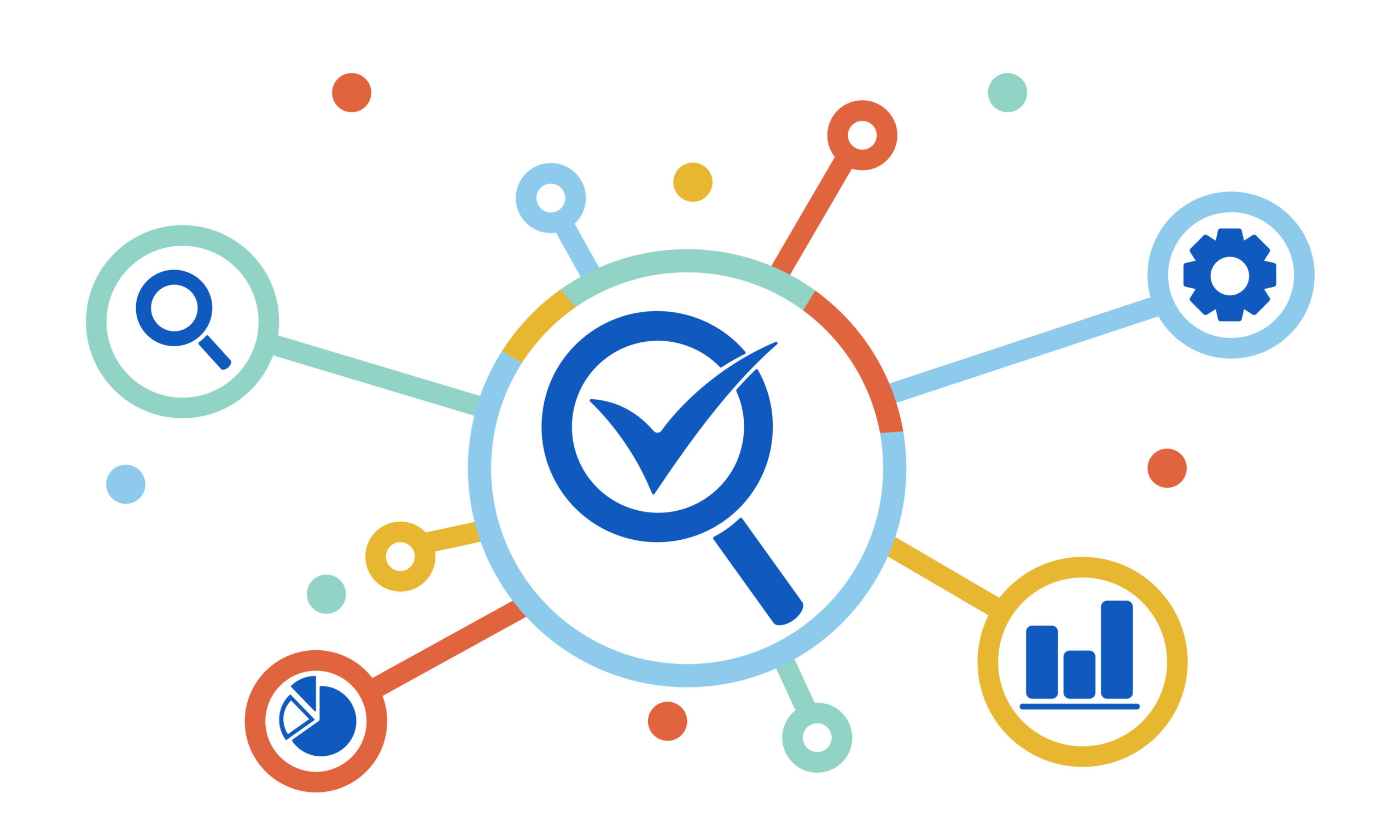ISO 9000 and Lean Six Sigma – A Synergistic View
First published in 1987, the ISO 9000 Quality Management System (QMS) standard is now widely used around the world with over 1.1 million registered companies. This standard – actually a family of standards – is updated periodically, most recently in 2015 by the International Organization for Standardization. ISO 9000 provides guidance and a framework for organizations to ensure that their products and services meet customer requirements and quality is continually improved. Complying with ISO 9000 requirements helps reassure customers that companies have the necessary processes and controls in place to ensure safe, reliable and quality products or services.
How does Lean Six Sigma fit into or support the ISO 9000 QMS? Can these two different methodologies work together to help a firm accomplish its strategic objectives? Or are they more likely to be in conflict with each other, causing unnecessary problems and headaches?
TMAC has extensive experience working with firms in both of these methodologies. Over the past 15 years we have worked with over 150 companies in their registration to an ISO standard (ISO 9000, ISO 14000, etc.). During that same period TMAC delivered over 150 Lean Six Sigma classes, provided project coaching to hundreds of belts, and facilitated dozens of kaizen events. We feel there is a natural synergy between these two methodologies. And in fact, TMAC staff recommend many specific LSS tools when working with firms seeking their ISO 9000 certification. Our staff also will occasionally make use of lean methods – such as a kaizen event – during implementation of an ISO 9000 Quality Management System.
In thinking about the natural synergies between these two different programs consider the following similarities:
- Both are top management driven programs with a proactive approach of problem prevention, continuous improvement and focus on meeting critical customer requirements
- Both are applicable in a wide variety of industries
- Both require alignment to organizational strategy and mission
- Both are based on a structured improvement methodology (Plan-Do-Check-Act for ISO, DMAIC for LSS)
- Both require cross functional collaboration
- Both require identification of the root cause of a problem
- Both require proper workforce skills development for effective deployment
- Both provide a fundamental basis for documenting and standardizing processes
- Both aim for continuous process improvement with predictable results
- Both require employee buy-in for successful implementation and sustainment
While the ISO 9000 standard states an organization shall continually improve the effectiveness of its system, it does not prescribe the method of improvement. Lean Six Sigma can effectively provide the tools and techniques to measure and monitor the effectiveness of an organization’s processes. Here are several examples of how LSS tools can be used to comply with selected requirements of ISO 9000. (Note: Clause references are based on ISO 9001:2015):

While there are many opportunities to apply LSS tools and techniques, the trick is to know when to use the appropriate tool. On the flip side, having a successful QMS program can also boost the effectiveness of the LSS deployment. Some examples of how these programs can work together include:
- Enables management focus and commitment to improvement
- Provides effective project selection and prioritization aligned with business strategy and goals
- Ensures regular management reviews and process audits to evaluate process sustainment
- Provides an opportunity to gain employee buy-in to improve quality of products or services
A common misconception when deploying these methodologies is that each program – LSS & ISO 9000 – should be implemented independently until maturity before looking for opportunities to integrate. In fact, many organizations choose to deploy these as separate initiatives which are managed by different groups. Lack of understanding of the natural synergies between these programs can create silos within the organization, resulting in conflicting interests and competition for the same resources.
Organizations that adapt a holistic Continuous Improvement Program which successfully integrates the principles from both these frameworks can yield significant benefits. While it appears that these methodologies serve different purposes, each have a place in the management of a successful organization. It is not an either/or choice between these programs. They can be synergistically used to focus improvement efforts, taking advantage of a set of tried and trusted tools and techniques, saving both cost and time for the organization.


